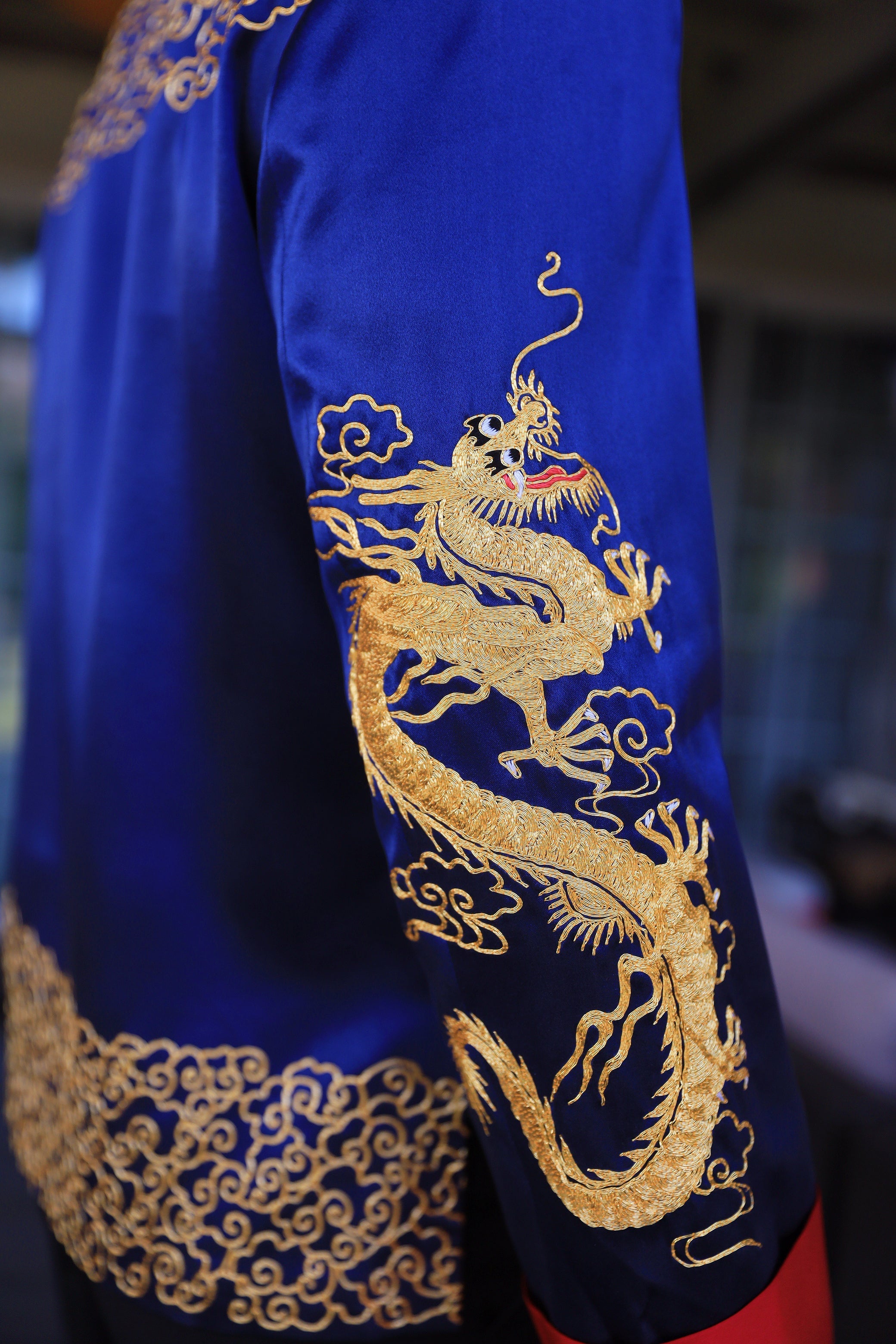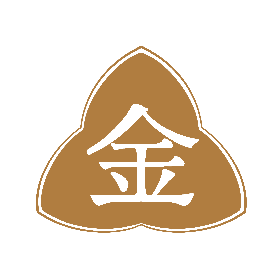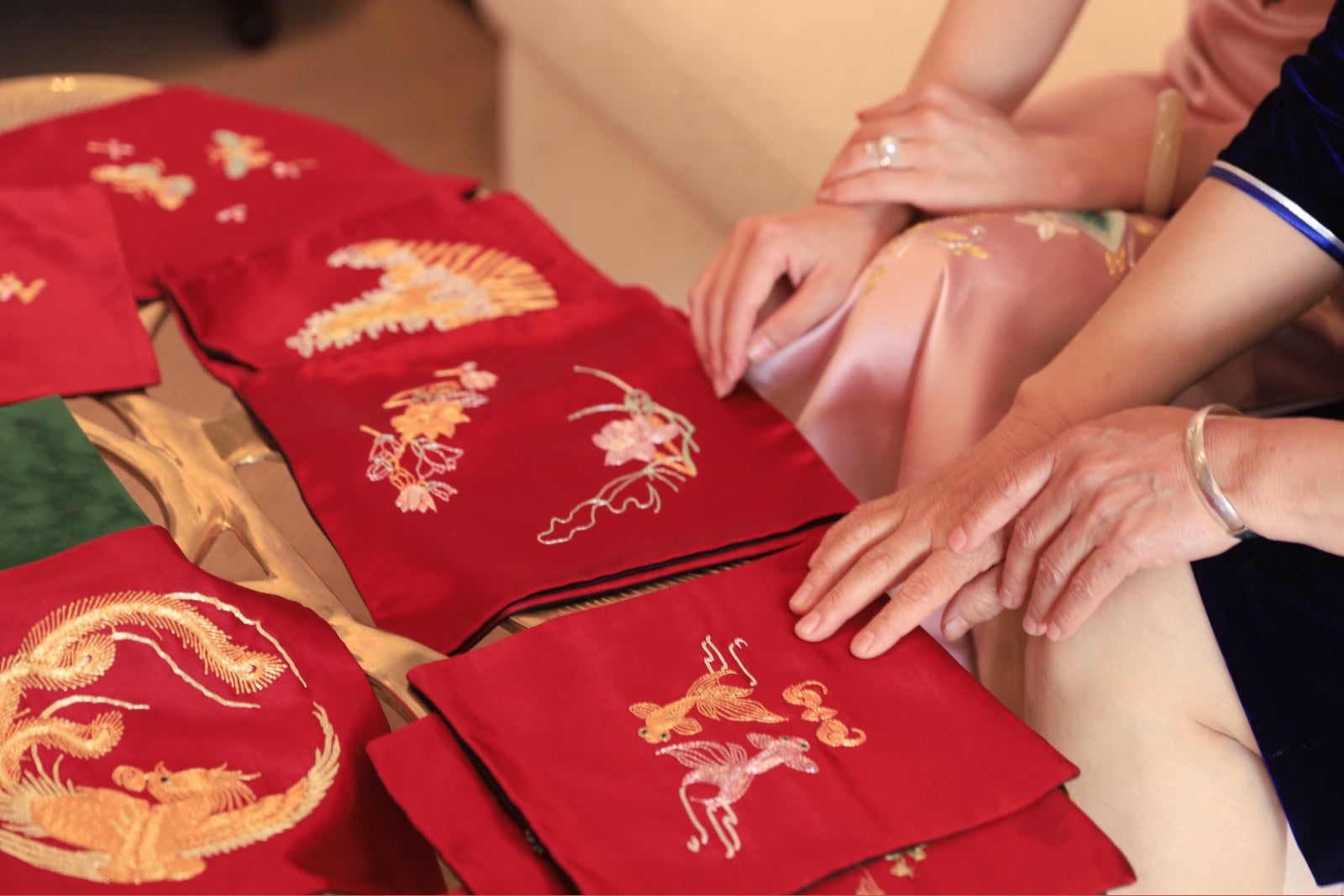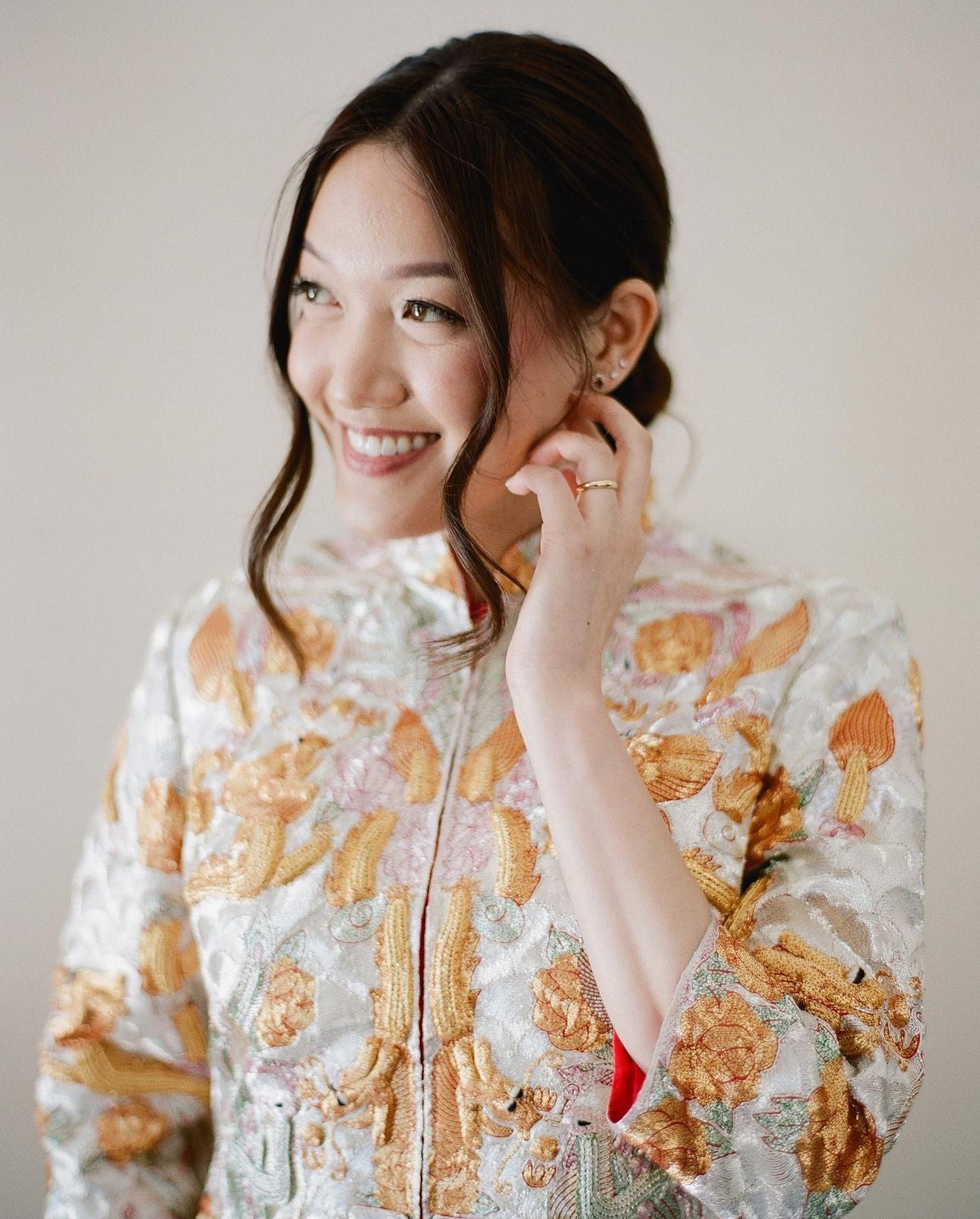
Navigating the Threads of Elegance, Tradition, and Cultural Significance - Tangzhuang to Tang suits
The Tang Suit, or traditionally referred to as Tangzhuang in Mandarin, is a symbol of Chinese elegance, one that threads the cultural significance, craftsmanship, and tradition together. Tang Suit is a garment rooted in the rich history of China, which symbolizes the timeless elegance of various Chinese dynasties - bringing the historical roots of the garment to the modern times. To understand the cultural heritage of Tang suits and its enduring influence even in modern fashion, it is important to navigate the historical roots of the garment.
Navigating the Historical Tapestry of Tangzhuang
Tangzhuang originated from a period of Chinese cultural brilliance, known as the Tang Dynasty. Different sources illuminate the historical significance and evolution of Tangzhuang, even though in modern times it is commonly referred to as Chinese dress or Tang Suits. These suits have distinctive style with the Mandarin collar and its straight-cut silhouette and have been popular among the Chinese since their origin in the Tang Dynasty. However, Tang suit’s evolution extends beyond its origin to different dynasties, how it persevered through different fashion eras and transformations, and has turned into a versatile garment appropriate for different occasions.
The origin of the Tang suit can be found as far back as the Tang Dynasty (618-907 AD). This Dynasty has been known throughout history for its artistic zenith and cultural prosperity, and even though the Dynasty failed to last forever, its clothing legacy remained timeless in the shape of Tang suits. The Manchu horse jacket, or more commonly known as surcoat, lies at the heart of inspiration for Tangzhuang. The horse jacket was initially worn by Manchu horsemen, typically in a dark blue color, but was turned into an obligation for the Han officials to wear as part of their attire during the Qing Empire. Over the course of time, the garment has turned from a protective apron into a fashionable piece of clothing in addition to being recognized as a mark of imperial favor.

Understanding the Legacy of Tang Suit: Unraveling the Mysteries and Challenges
There is little information or documented details about the Tang suit as most of it may lie buried under the layers of historical dynasties, however, it may have added a mysterious layer to the popularity of this traditional garment. The legacy of the Tang suit has turned into an enigma because of the lack of documented details that records its origin, history, and in-depth socio-political significance.
In spite of the scarcity of information on the Tang suit, its modern presence and popularity is a testament to its resilience and perseverance in terms of cultural artifacts. Valuable insights have been added to the research by notable scholars and cultural enthusiasts. One such study investigating the embroidery techniques reveals the meticulous craftsmanship employed in the making of the Tang suit and increasing its aesthetic appeal. However, the hurdles in revealing the legacy of Tang suits still persist, particularly the ones that investigate the socio-economic aspects which influences the production as well as consumption of these dresses across various historical periods. A fascinating but comparatively unexplored avenue has been presented by the intricacies of the ways Tang suit has contributed in influencing and getting influenced by other conventional garments of East Asia. Nevertheless, the ongoing endeavors of research are attempting to fulfill the gaps in the current knowledge base, promising to paint a broader and an in-depth picture of the multifaceted legacy of the Tang suit.
Weaving Craftsmanship into the Soul of Tangzhuang
One of the reasons behind the enduring influence of Tangzhuang in modern times is that its elegance extends beyond its skin-deep value. Its expert craftsmanship emphasizes the distinctive knot buttons, Mandarin collar, and straight-cut jacket typically paired with matching trousers, which has transformed Tangzhuang into a timeless chinese dress embedding various regional variations and adopting the Aoqun style in the south and Shenyi style in the north of China over the course of time. The traditional dress distinguishes itself with Xiang and Su embroidery techniques, adding a blend of sophistication and simplicity to the garment. Moreover, the emphasis on the design symmetry of the garment reflects back to the cultural significance of the Dynasty of its origin. The choice of fabric, typically brocade or silk, also spoke volumes about the wearer since in the historical times these fabric choices distinguished the status and style of the people wearing the dresses. Similar to its history, the modern fashion era also recognizes the functionality and modesty of Tang suits. However, its utilitarian origins have now transcended to become a symbol of sartorial grace and cultural identity as the Tang suit embraced the evolving fashion sensibilities, thus, becoming a versatile and popular garment suitable for people to wear on different occasions.


Beyond Aesthetics: Political and Cultural Heritage of Tangzhuang
Historically, garments held significant value not just in terms of fulfilling their primary purpose of dressing or the cultural identity of the wearer but also reflected the social standing and authority of the wearer. The evolution of the Tang suit in the 20th century is the result of the revival of interest of Chinese in their traditional attire, and how their renewed sense of identity and national pride has led to the popularity and timelessness of the conventional garments. With the significant social and political transformations in China, Tangzhuang also faced a resurgence, which serves as a symbolic representation of persevering cultural heritage in modern times. Steps have been taken in China to safeguard the intangible cultural heritage of the Tang suit, and preserve it for future generations while retaining its cultural significance and symbolism. The embroidered motifs and patterns on the Tang suit typically carry auspicious meanings for the Chinese people, drawing parallels to the folklore tales of China. Symbols of good fortune, prosperity, and longevity are a part of the embroidered patterns on the garment, turning a simple piece of fabric into a cultural piece of art, extending its value from just an aesthetic appeal to one of socio-political importance.

Revival of Tang Suits: Modern Influence of Tangzhuang for Men and Women
The modern time has brought forth a compelling resurgence for Tang suits, extending beyond traditional interpretations, integrating personalized elements for women and men both, which has established a new standard for sartorial expression.
Modern Tang suits are made up of luxurious silk fabrics, which adds a touch of opulence despite making a departure from traditional materials. The modern Tang suit is not just a refined attire for women, but also aligns with the modern preferences of men who seek a tailored masterpiece that challenges the mundane nature of conventional attire with its lightweight and sleek silk fabric.
The modern Tang suit explores the rich symbolism through its motifs that embeds Chinese art in it, such as koi fish, dragons, adding a meaningful layer to the design of modern Tangzhaung.

In Chinese culture, the Chinese word for "fish", yu, is a homophone for "abundance", "plenty", and "affluence".
The fish motif, therefore, is a popular element in the decoration of Chinese Tang suits, serving as a visual metaphor for wealth and prosperity.

Due to their association with wealth, fishes are a staple dish during Chinese New Year celebrations. Consuming fish during these festivities is more than just a gastronomic delight; it is a ritualistic expression of the desire for an affluent year ahead, a year teeming with an abundance of good fortune. Check this bespoke Tang suit we made for our groom at his wedding day.
This linguistic connection has imbued the fish with symbolic significance, transforming it into an emblem of prosperity while the Chinese dragon, revered as the leader of the fish clan, further enhances this symbolism.
Historical records from ancient China are replete with accounts of dragon sightings. The consistency in the depiction of dragons as decorative motifs throughout history is remarkable, portraying these majestic creatures with deer-like horns, carp-like scales, eagle-like talons, and a serpentine body.
Since ancient times dragons were revered as divine beings of the highest order, possessing the power to command the wind and rain, and effortlessly traverse the skies. They embody positive energy, symbolize power and wealth, and are emblematic of the emperor.
An ancient Chinese proverb states, "The dragon has nine sons, each unique in its own way." For instance, the panchi dragon, discovered on bronze ware from the Spring and Autumn and Warring States periods (771–221 B.C.E.), is a hornless, coiled dragon with a curly tail. On the other hand, the kui dragon is a one-legged dragon with a single horn and an open mouth.
During the Qing Dynasty (1644–1911 C.E.), dragons with five talons on each claw and the formidable "standing dragon" were exclusive to the emperor. Dragons with three and four talons, however, were accessible to the common folk and adorned by both men and women. In Buddhist tradition, dragons are part of the Eight Legions, serving as divine protectors of the dharma.
Conventionally rooted in Chinese art, these motifs have turned into a powerful statement in Chinese fashion, and have taken the center stage in the realm of men’s fashion as well, catering to their need for sophisticated as well as fitted attire. The modern spin on Tang Suit with its motifs and monograms has turned it into a personalized element, even more favored by men than women, who wear it to reflect their individual preferences and style.
For women, the evolution of Tangzhuang has also been transformative, whereby it embraced tailored silhouettes which are known to enhance the poise and elegance of the wearer. A touch of avant-garde flair is blended with tradition, which adds a unique charm to the attire with its symbolic motifs and reinterpretation of the suit, exemplifying a fusion of contemporary aesthetics and cultural heritage.


